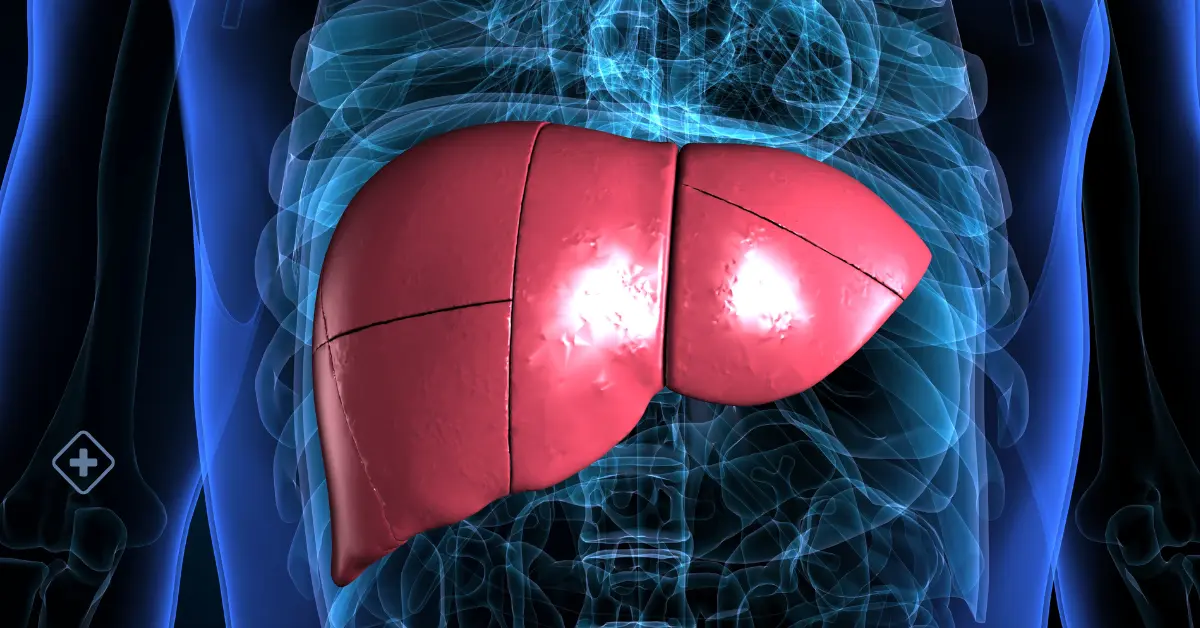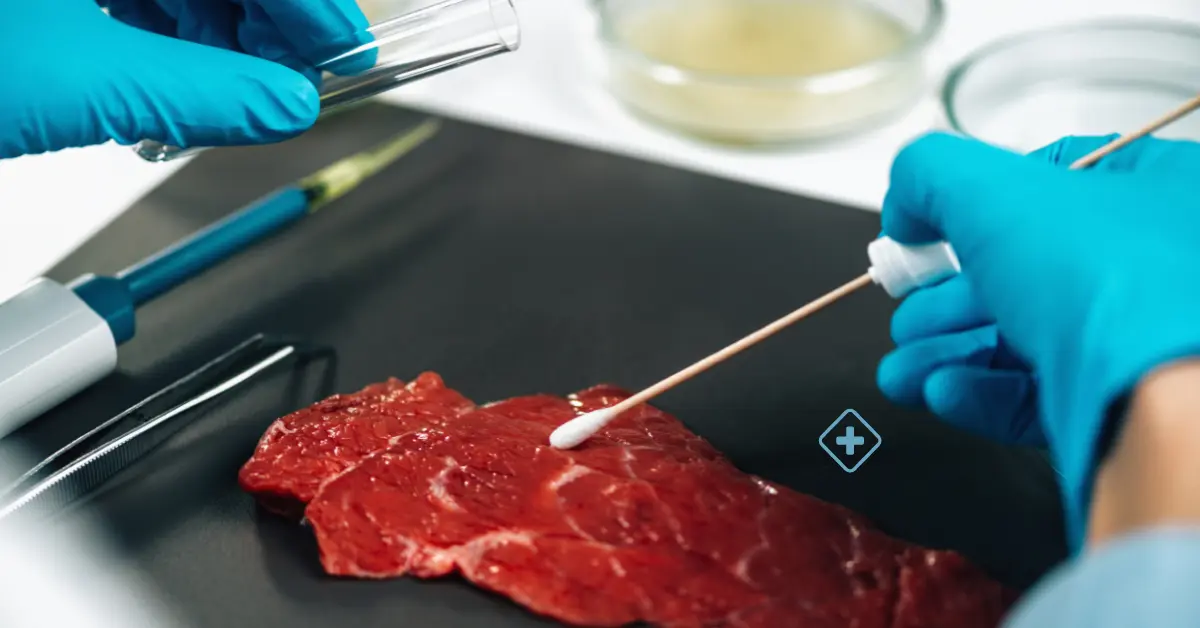
Appendectomy
An appendectomy, also termed appendicectomy, is a surgical operation in which the vermiform appendix is removed

Appendectomy is the surgical removal of the Appendix. It is a common emergency surgery to treat Appendicitis, which is an inflammatory condition of the Appendix.
Appendicitis occurs when the Appendix becomes blocked. The blockage causes infection, and the Appendix swells. When the disease continues without treatment, the appendix can pierce and transport bacteria to the abdominal cavity. This condition can have complications and may require emergency surgery. Symptoms of Appendicitis may include:
-
Sudden pain in the lower right part of the abdomen
-
Pain near the navel that moves downward
-
Pain that gets worse if you cough or walk
-
Nausea and vomiting begin shortly after abdominal pain
-
Loss of appetite
-
210.2ºF
-
Constipation or Diarrhea
-
Abdominal distension
-
Flatulence
If Appendicitis is not diagnosed and treated promptly, it can evolve and complicate to generate Peritonitis, a condition that may be of greater risk to the patient's life.
Before the procedure
It is necessary to avoid eating or drinking eight hours before the procedure. It is also essential to report to the doctor if taking any medications. The doctor will give instructions on which drugs to use and how to use them before and after surgery. It is also important to report to the doctor if you are pregnant or are suspected of being pregnant, if you are allergic or have a sensitivity to latex or some anesthesia, and if you have bleeding disorders.
During the procedure
There are two types of appendectomy: open and laparoscopic:
Open Appendectomy
During an open appendectomy, the General Surgeon makes an incision in the lower right part of your abdomen. The appendix is removed, and the wound is closed with stitches. This procedure allows the General Surgeon to clean the abdominal cavity if the appendix has ruptured.
The Doctor may choose an open Appendectomy if the Appendix ruptures, and the infection has spread to other organs. This procedure is the preferred option for people who have had abdominal surgery in the past.
Laparoscopic Appendectomy
During a laparoscopic Appendectomy, a General Surgeon accesses the Appendix through small incisions in the abdomen. Then a small, narrow tube called a cannula is inserted. The cannula will inflate the abdomen with carbon dioxide gas. This gas allows the General Surgeon to see your appendix more clearly.
Once the abdomen is inflated, an instrument called a laparoscope is inserted through the incision. The laparoscope is a long, thin tube with a high-intensity light and a high-resolution camera on the front. The camera will display the images on a screen, allowing the surgeon to see into the abdomen and guide the instruments. When the appendix is found, it is tied with stitches and removed. Small incisions are cleaned and closed.
Laparoscopic surgery is usually the best option for older adults and overweight people. It has fewer risks than an open appendectomy procedure and generally has a shorter recovery time.
After the procedure
When the surgery is over, the patient's vital signs will be closely monitored, and hospital staff will verify any adverse reactions to the anesthesia or procedure.
For discharging the patient, the following will be review:
-
The general physical condition
-
The type of Appendectomy performed
-
Body's reaction to surgery
In some cases, you may need to stay in the hospital overnight.
In the days after the procedure, moderate pain may be felt in the areas where the incisions were made. The discomfort improves after a few days. The General Surgeon may prescribe medications to relieve pain or antibiotics to prevent infection.
Although there is a small risk of infection, most people recover without significant complications. Full recovery takes four to six weeks, and during this time, the doctor will recommend limiting physical activity. Follow-up appointments should be attended within two to three weeks after surgery.
Am I a candidate for this procedure?
You may need an Appendectomy to remove the Appendix if you show symptoms of Appendicitis. Appendicitis is a medical emergency and occurs due to its inflammation from infection, causing severe pain in the abdomen.
If you have Appendicitis, there is a risk that the Appendix will burst or rupture, which can happen within 48 to 72 hours after the first symptoms appear. If the infection is not treated urgently, it can complicate and cause peritonitis in the abdomen. If you experience any of the symptoms above, seek medical attention immediately with your General Surgeon or at the Emergency Room
BlueNetHospitals - Hospital Los Cabos
BlueNet Hospitals

Cirrhosis
Cirrhosis can be caused by a variety of diseases and risk factors
Crohn's Disease
Crohn's disease can be unpredictable, with periods of remission where symptoms disappear
E. coli
The symptoms of an E. coli infection can appear three to four days after exposure
Irritable Bowel Syndrome (IBS)
Treatment for IBS focuses on relieving symptoms and improving the quality of life for those who suffer from it.
- Do You Need an Appointment with a Specialist?
- call us
- write us
- let's talk





